The Surprising Reason Aircraft Carrier Islands Sit on the Right
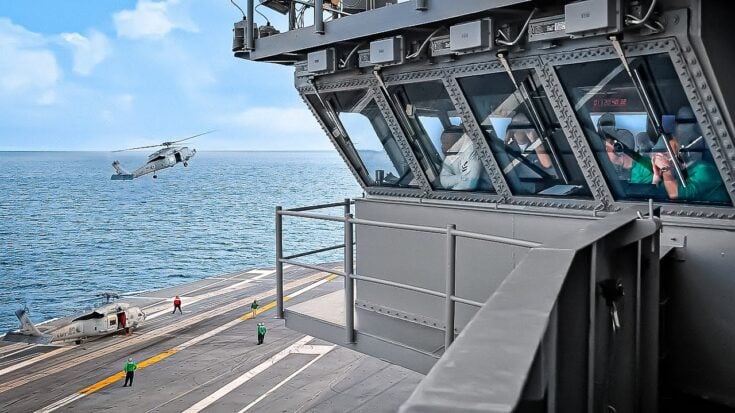
YouTube / NAVY Productions
Aircraft carriers are some of the most complex warships ever built, yet nearly every one shares the same design choice: the island, that tall command structure rising above the flight deck, is almost always on the starboard side. This isn’t a matter of tradition or naval superstition. The reason comes down to physics, practicality, and lessons learned more than a century ago.
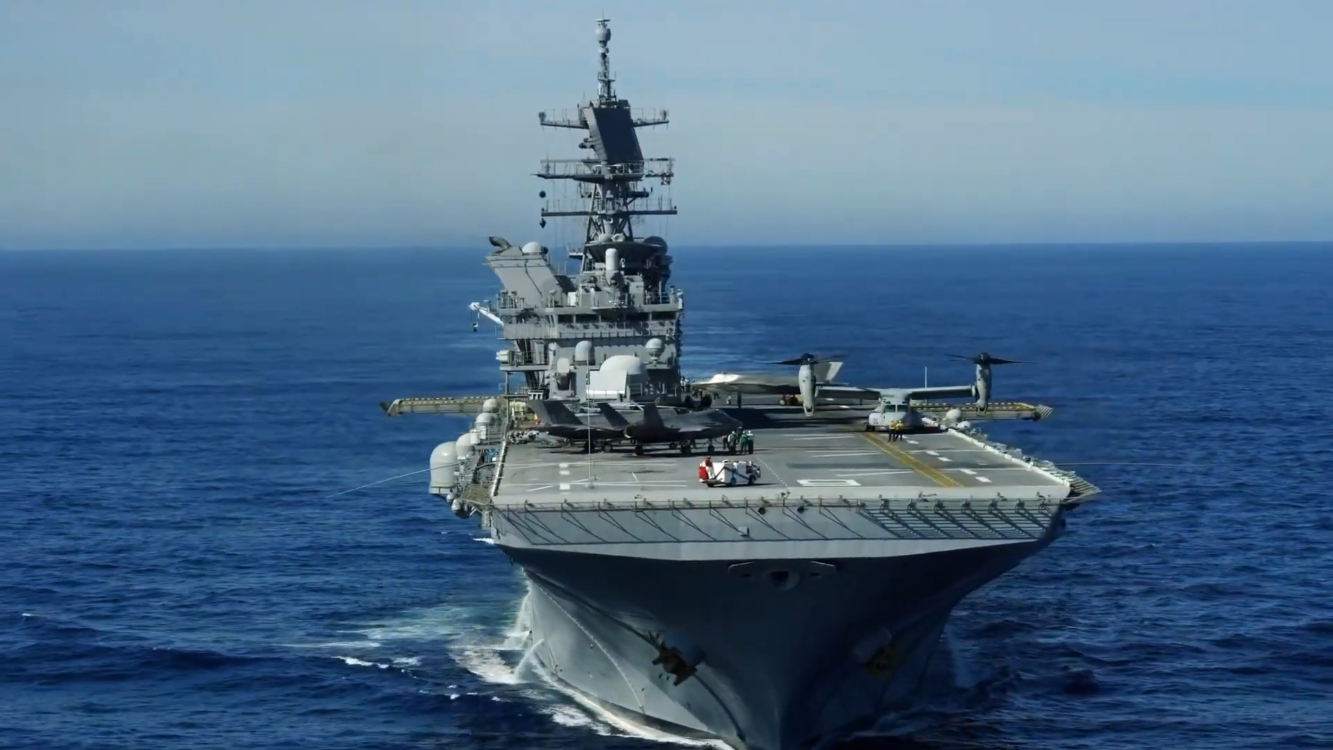
The First Experiments at Sea
When the Royal Navy launched HMS Argus in 1918, it became the world’s first true aircraft carrier with a full-length flight deck. To avoid turbulence, designers built it without any island at all, creating a smooth, uninterrupted surface for aircraft operations. The idea looked promising in theory but quickly failed in practice. Without a bridge or flight-control tower, the ship was difficult to command, and deck operations became disorganized and dangerous.
To fix this, the crew erected temporary wooden platforms for navigation and signaling. It soon became clear that some form of raised command post was essential. Thus, the aircraft carrier island was born. But where to place it was another question entirely.
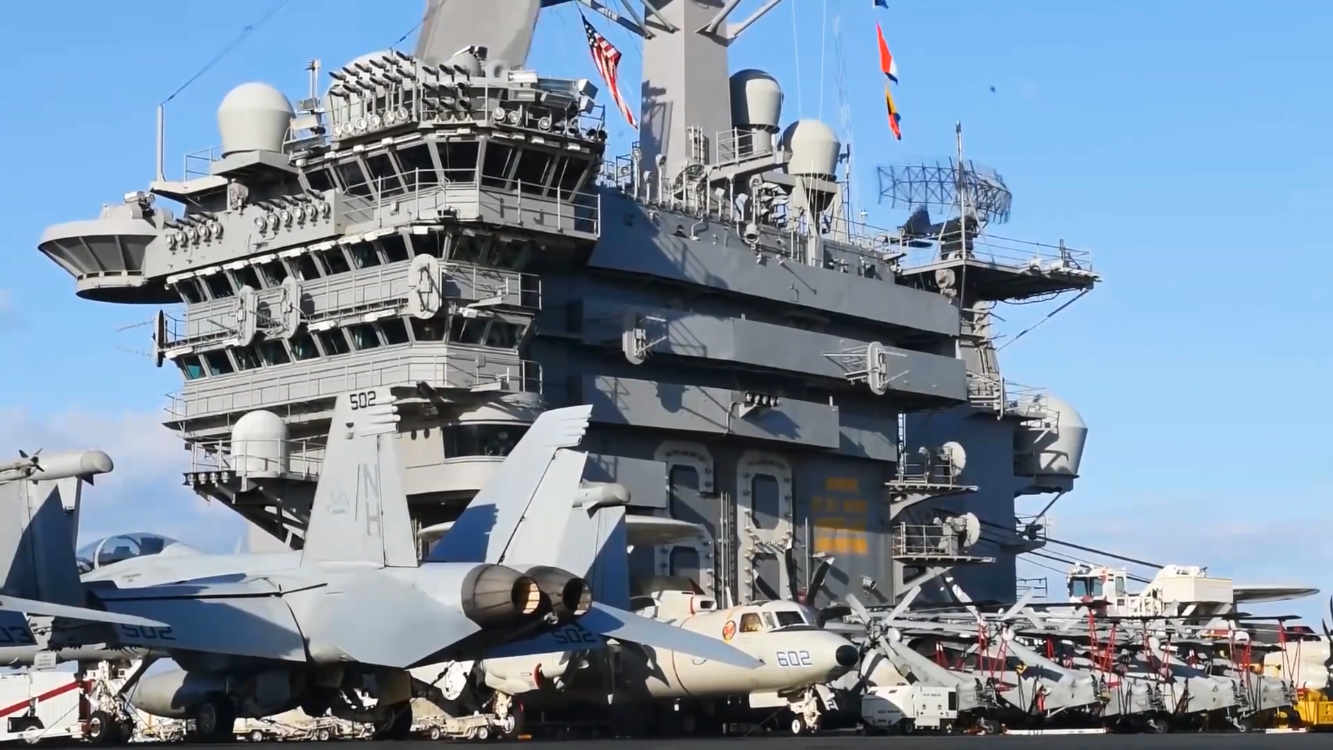
Why the Island Moved to the Right
By the 1920s, both British and American engineers noticed a critical pattern. Every carrier aircraft of the era was propeller-driven, and when those engines spun up for takeoff or a missed landing, the planes naturally veered to the left. This was caused by a combination of four aerodynamic forces: torque reaction, spiraling slipstream, P-factor, and gyroscopic precession. Together, these effects made early aircraft swing toward port when under full power.
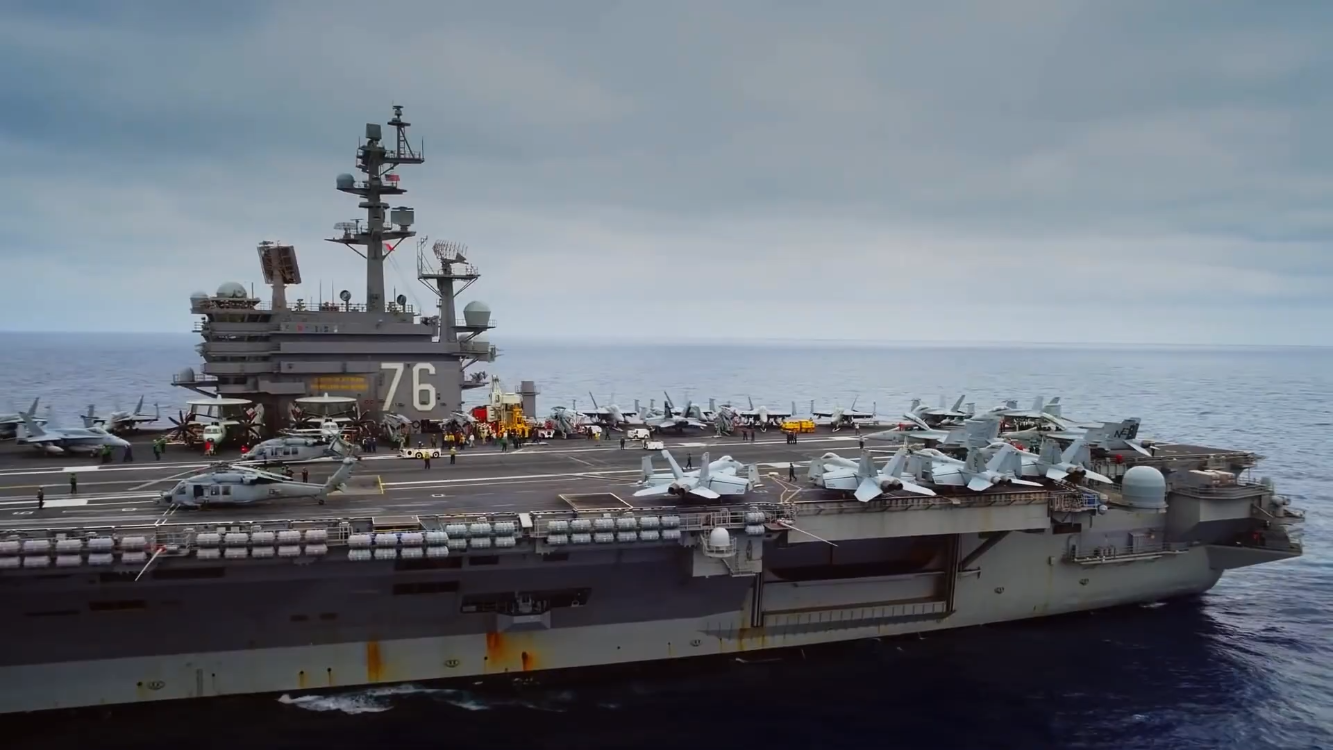
To keep pilots safe, designers placed the island on the opposite side. A starboard-side island meant that if a plane aborted its landing and drifted left, it would avoid colliding with the structure. The layout also gave flight-deck crews and commanding officers a clear line of sight along the deck and out toward approaching aircraft.
Lessons from Japan’s Carriers
The Japanese Imperial Navy briefly tested an alternative. The carriers Akagi and Hiryū had their islands on the port side, allowing them to operate in pairs with mirrored flight patterns. While clever in theory, the setup caused confusion and training difficulties. Both ships were later modified, and Japan never repeated the experiment. From then on, the starboard island became a global standard.
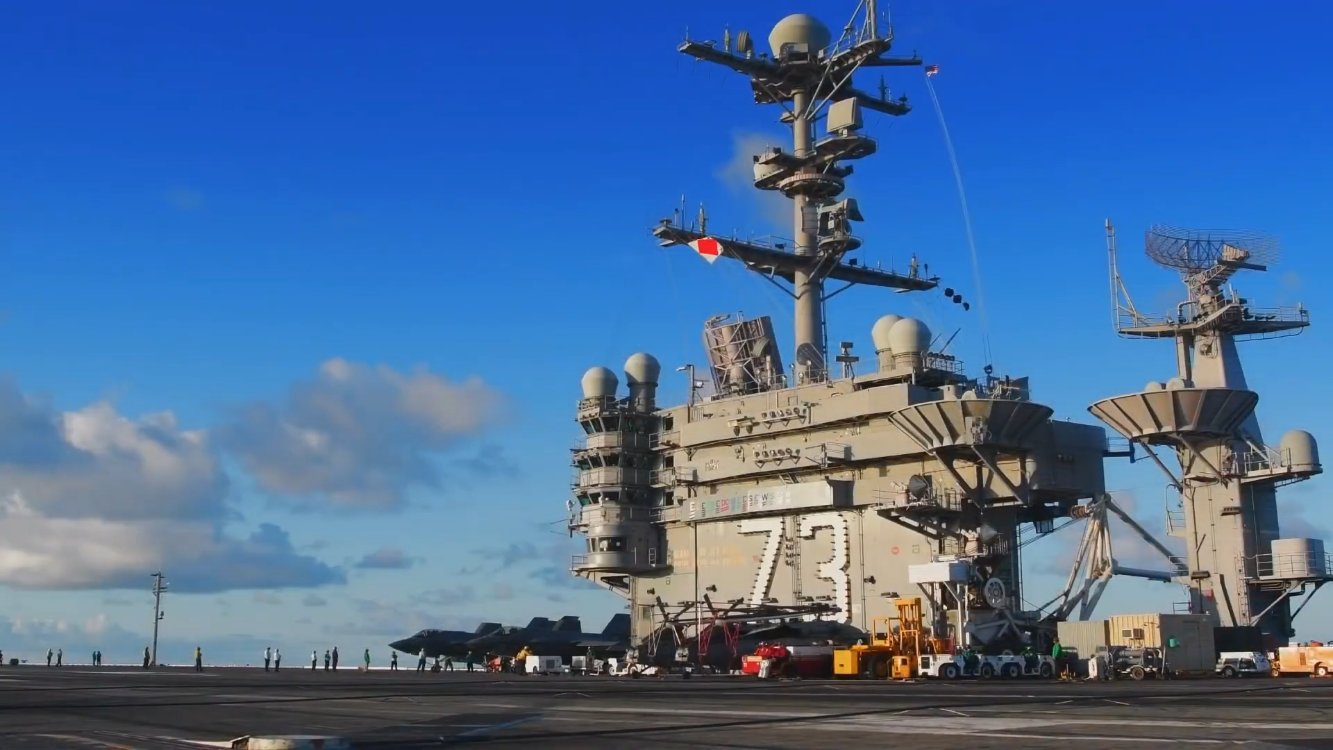
More Than Just Aerodynamics
The decision also fit well with naval navigation rules. Ships traditionally pass port-to-port when meeting at sea, so having the island on the right gave officers a better view of nearby vessels while still overseeing flight operations. It also left more open deck space along the port side for takeoff runs, parking, and maintenance.
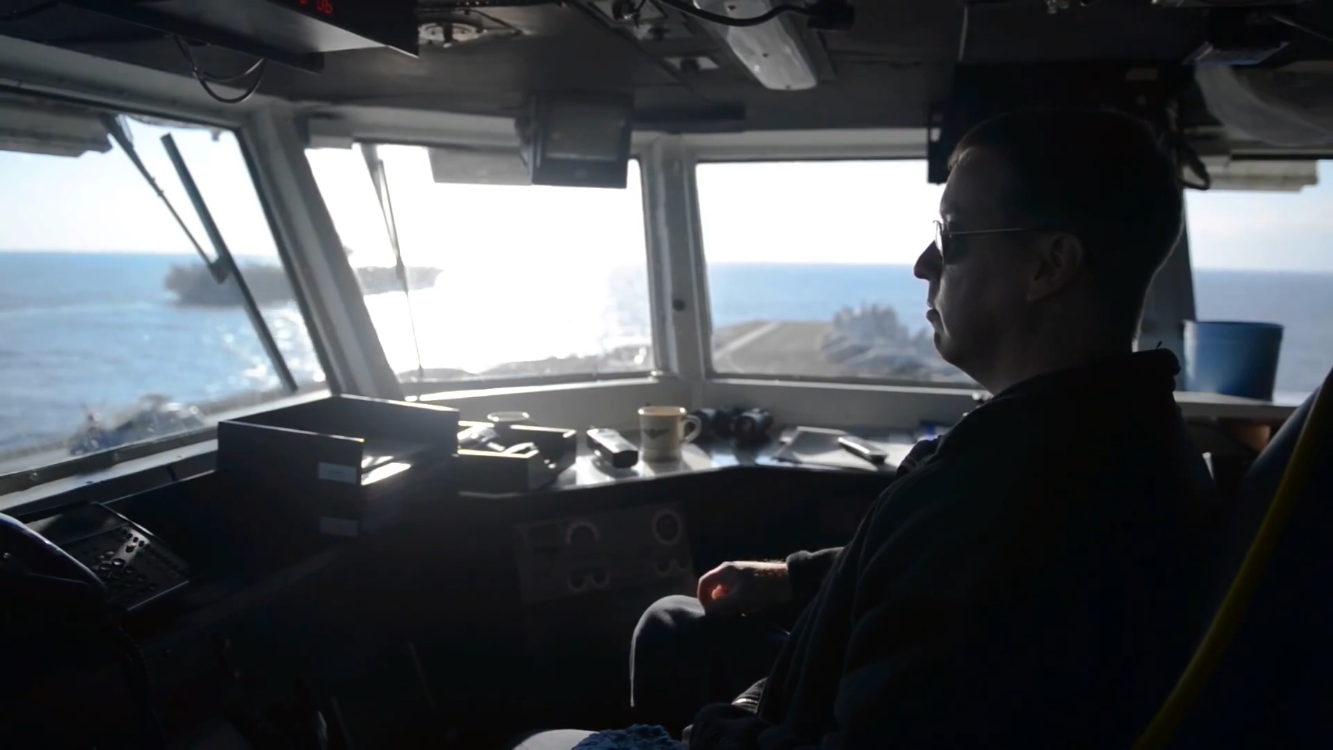
When jet aircraft replaced propeller planes after World War II, the aerodynamic reason for the starboard island disappeared. But by then, naval design and procedures were already built around it. Moving the island would have meant rethinking decades of established operations.
The Tradition Continues
Modern carriers like the U.S. Navy’s Nimitz and Ford classes, France’s Charles de Gaulle, and India’s Vikrant all maintain starboard islands. Even Britain’s innovative Queen Elizabeth-class ships, which feature twin islands—one for navigation and one for air operations—keep both on the right side. The layout that began as a fix for early aircraft physics has become a cornerstone of carrier design.
More than a hundred years after HMS Argus first took to sea, the same principle still applies. What started as a small decision to keep pilots safe has shaped every carrier deck since, proving that even the most powerful ships in the world still answer to the laws of aerodynamics.



















